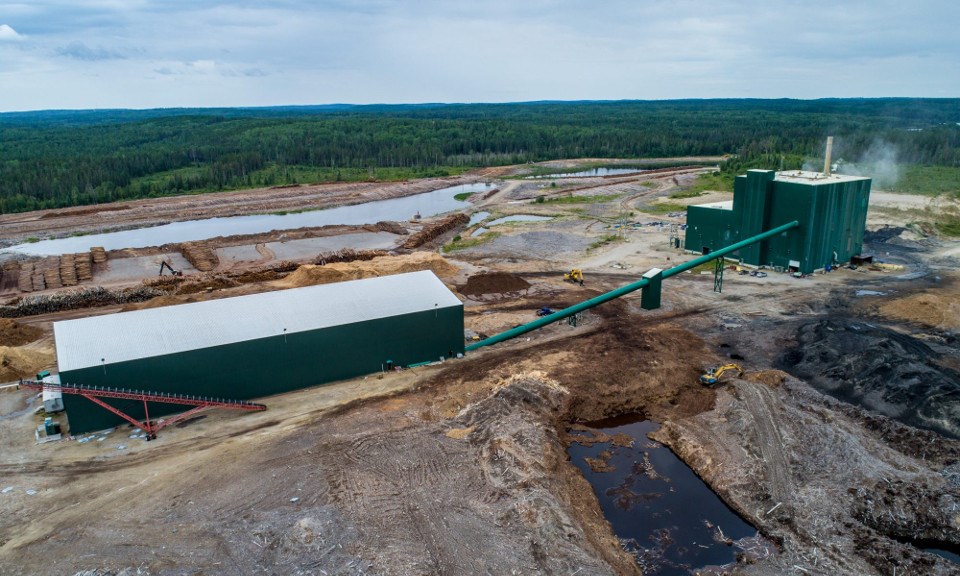A joint lumber-power operation in northwestern Ontario is commending the provincial government’s commitment to a new Forestry Sector Strategy that’s aiming to help create jobs, promote economic growth, and reduce costs to business.
The province unveiled a draft of the strategy on Dec. 4.
A compilation of feedback gathered from industry, community, and Indigenous leaders, the draft is now available to the public on the Environmental Registry.
In a Dec. 18 news release, Hornepayne Lumber and Hornepayne Power outlined the benefits of the strategy to their venture.
The two operations together form an integrated sawmill and biomass cogeneration plant.
In 2017, three area First Nations – Missanabie Cree, Chapleau Cree, and Netmizaaggamig Nishnaabeg (Pic Mobert) – formed the Northeast Superior First Nations Investment LP (NSFNI LP) consortium, investing $4-million into the operation to become equity partners in the enterprise, which had been shut down since 2015.
Today, the operation employs more than 130 people, and regional economic spinoff from the operation – through log harvesting, transportation, supplies, and other services – is estimated at $45 million.
“The values of job creation, truly sustainable forests, regional economic growth, and innovation are core to our operations at both Hornepayne Lumber and Hornepayne Power and to our community goals as well,” Chapleau Cree First Nation Chief Keith Corston said in the release.
“We welcome this strategy as a key component of supporting the Northern Ontario communities whose economies depend on the future viability of this sector.”
Johanna Desmoulin, chief of Netmizaaggamig Nishnaabeg (Pic Mobert First Nation), said while the Hornepayne model is groundbreaking, the sector is struggling and needs government investments and policies to ensure the financial and environmental sustainability of the industry.
“Together, Hornepayne Lumber and Hornepayne Power are vital to the economic growth, environmental sustainability, and future viability of the region,” she said.
“We will look to ensure the provincial forestry strategy supports our First Nations communities whose territories provide the natural resources that have supported Ontario’s forest industry and the other communities and citizens who rely on the sector every day.”
Commenting on the draft Forestry Sector Strategy will close on Feb. 5, and the final document is expected to be released in the spring.




